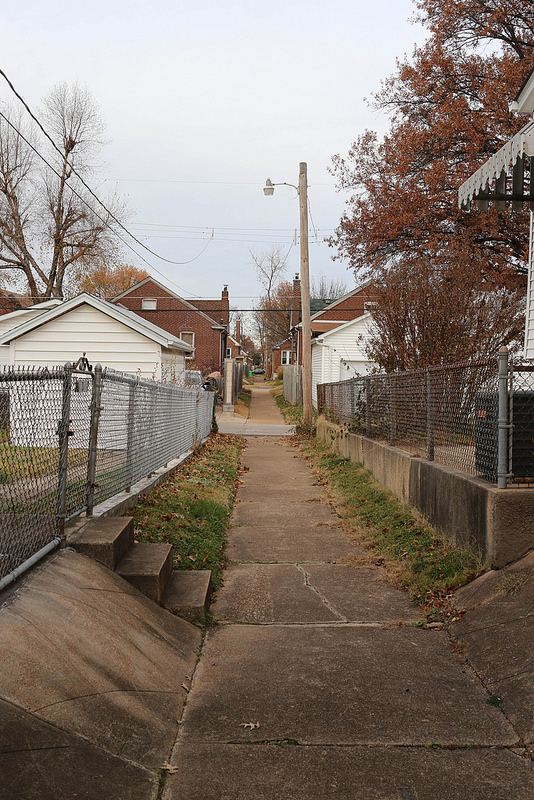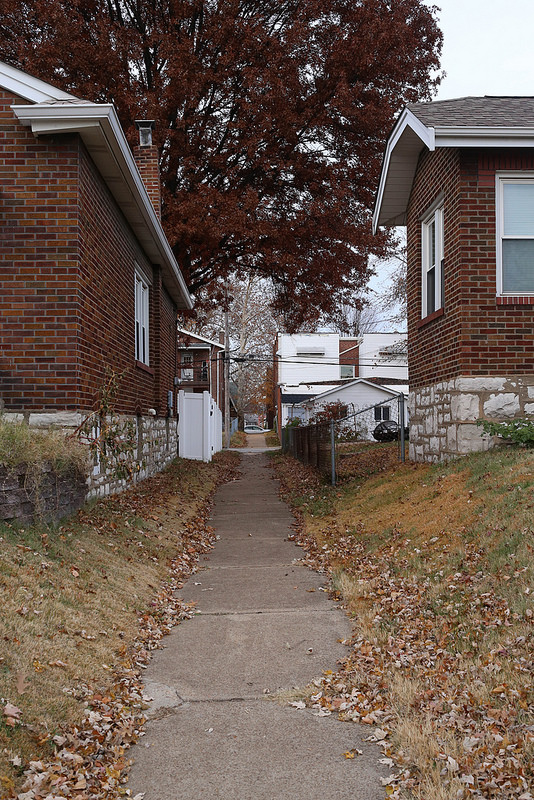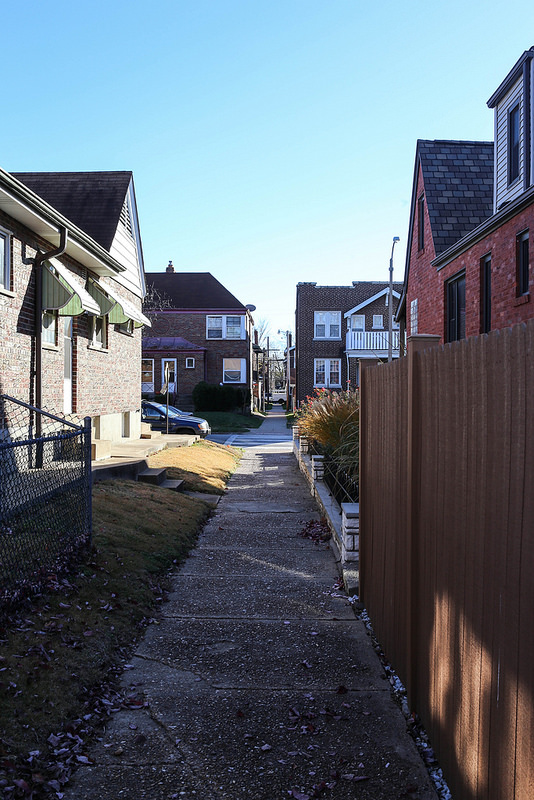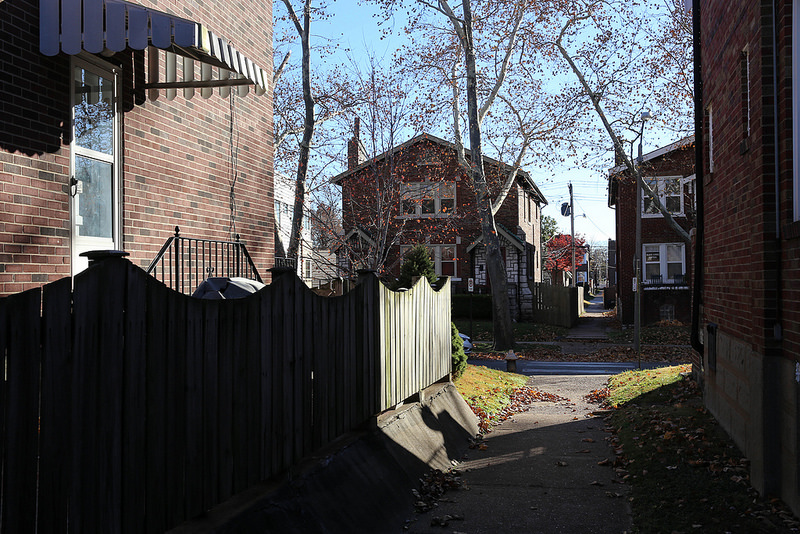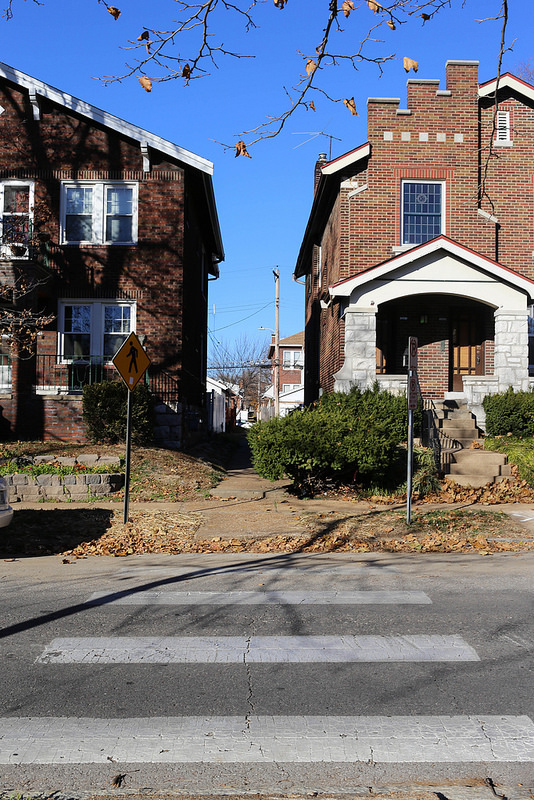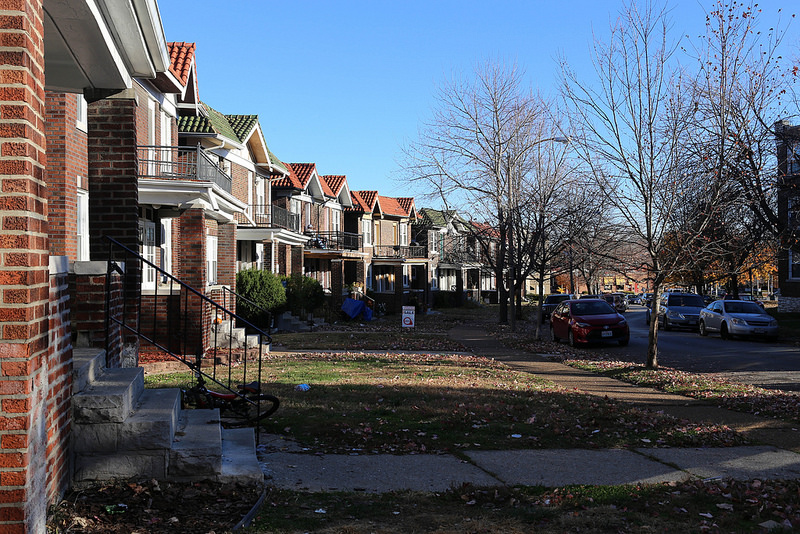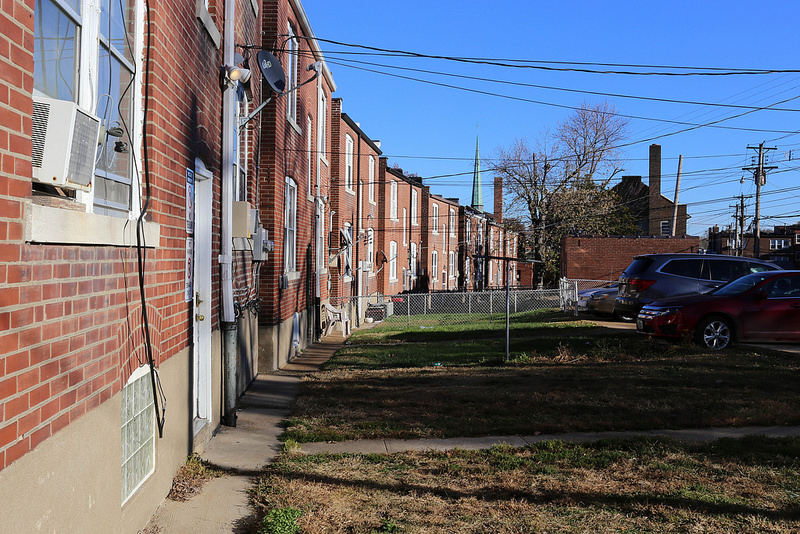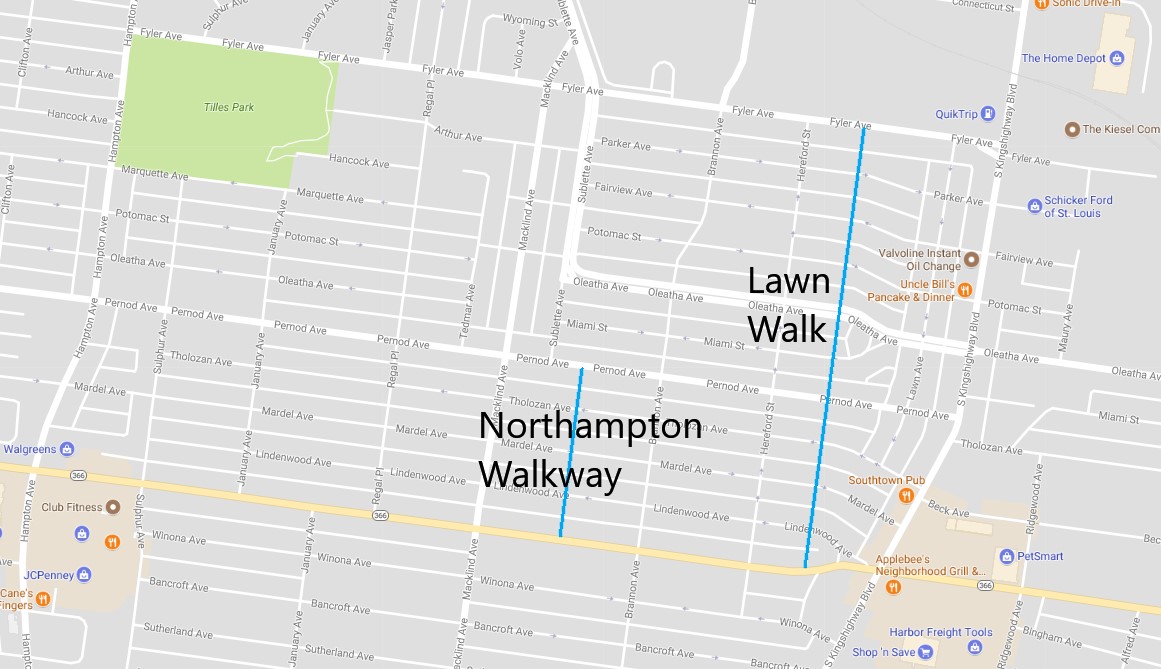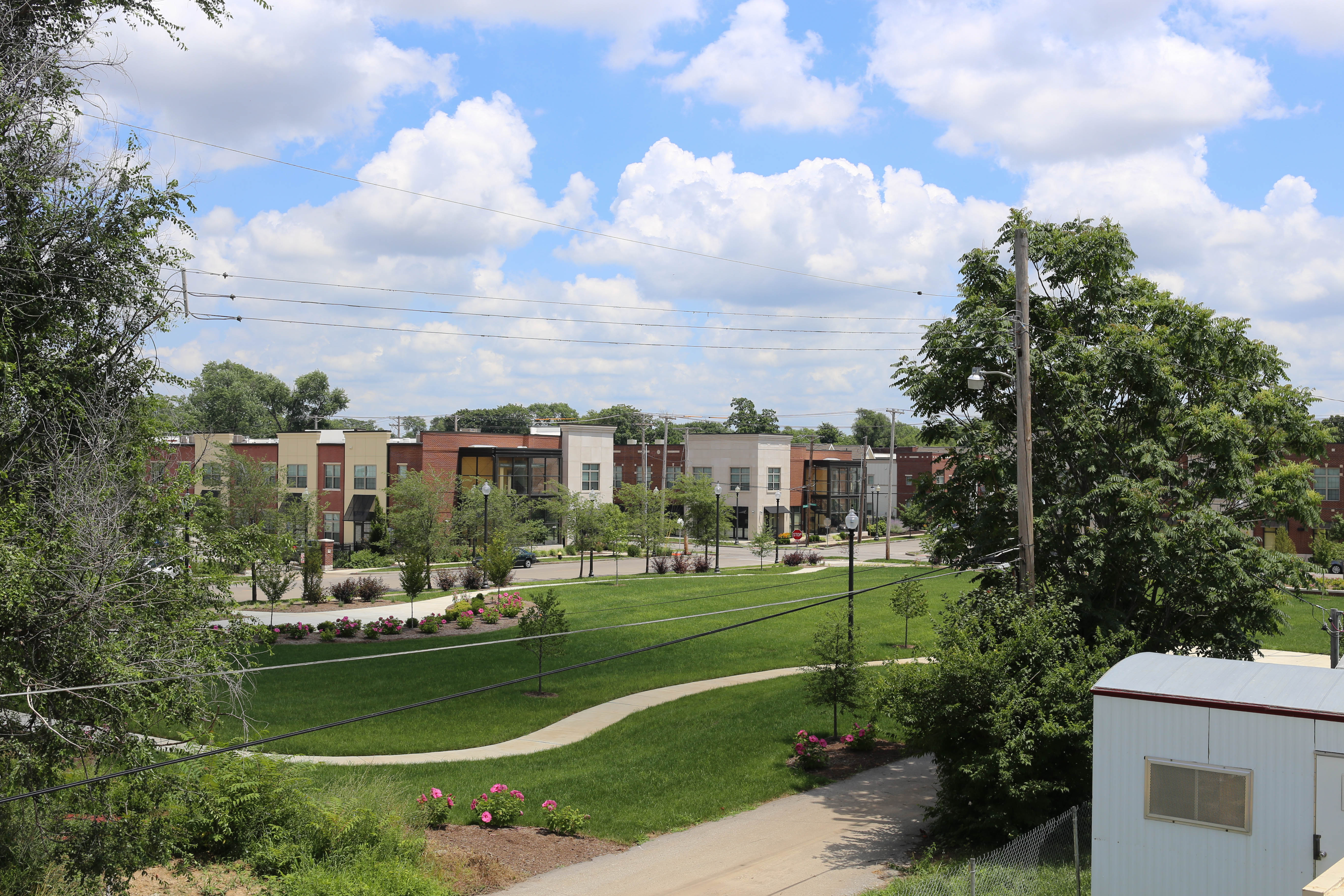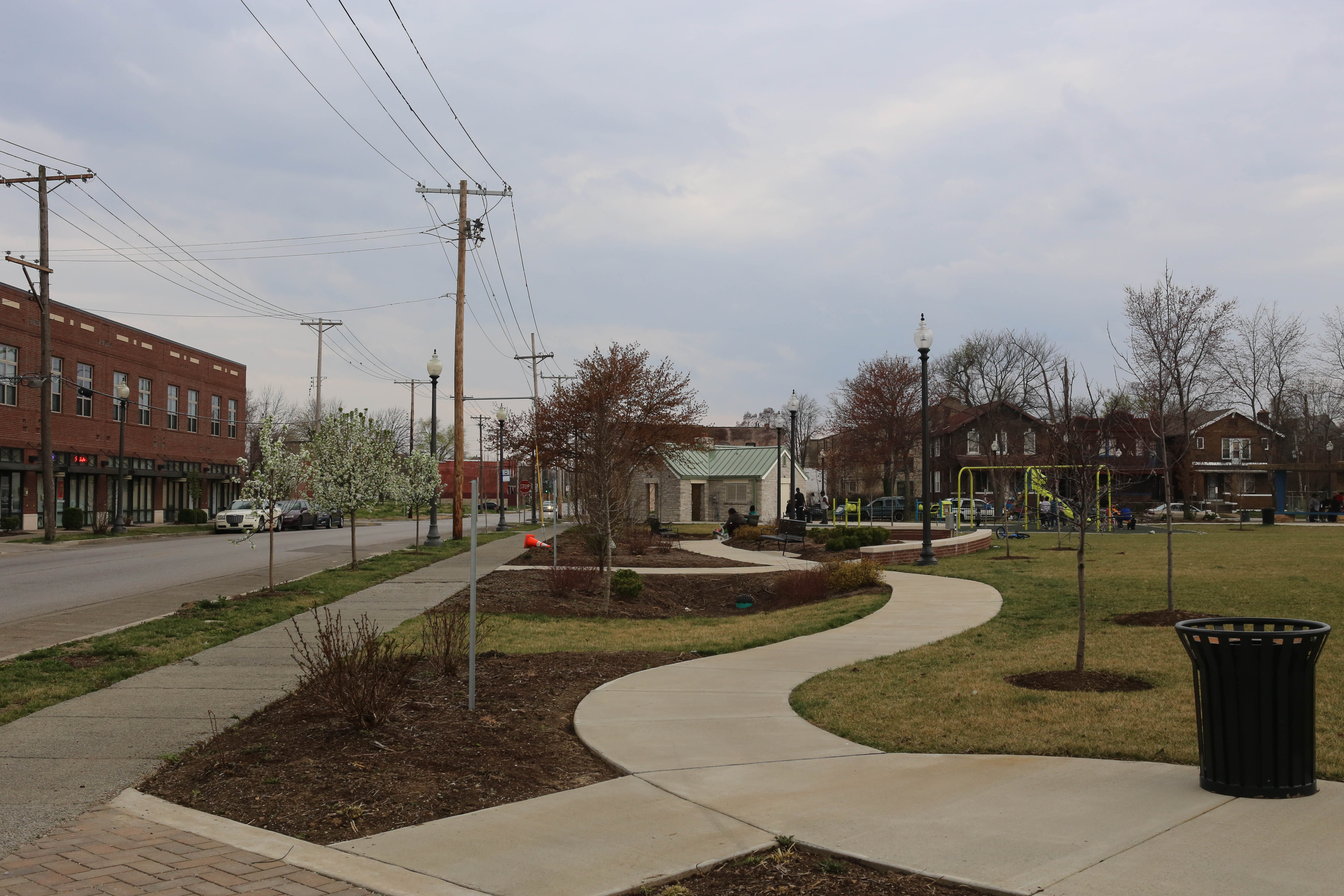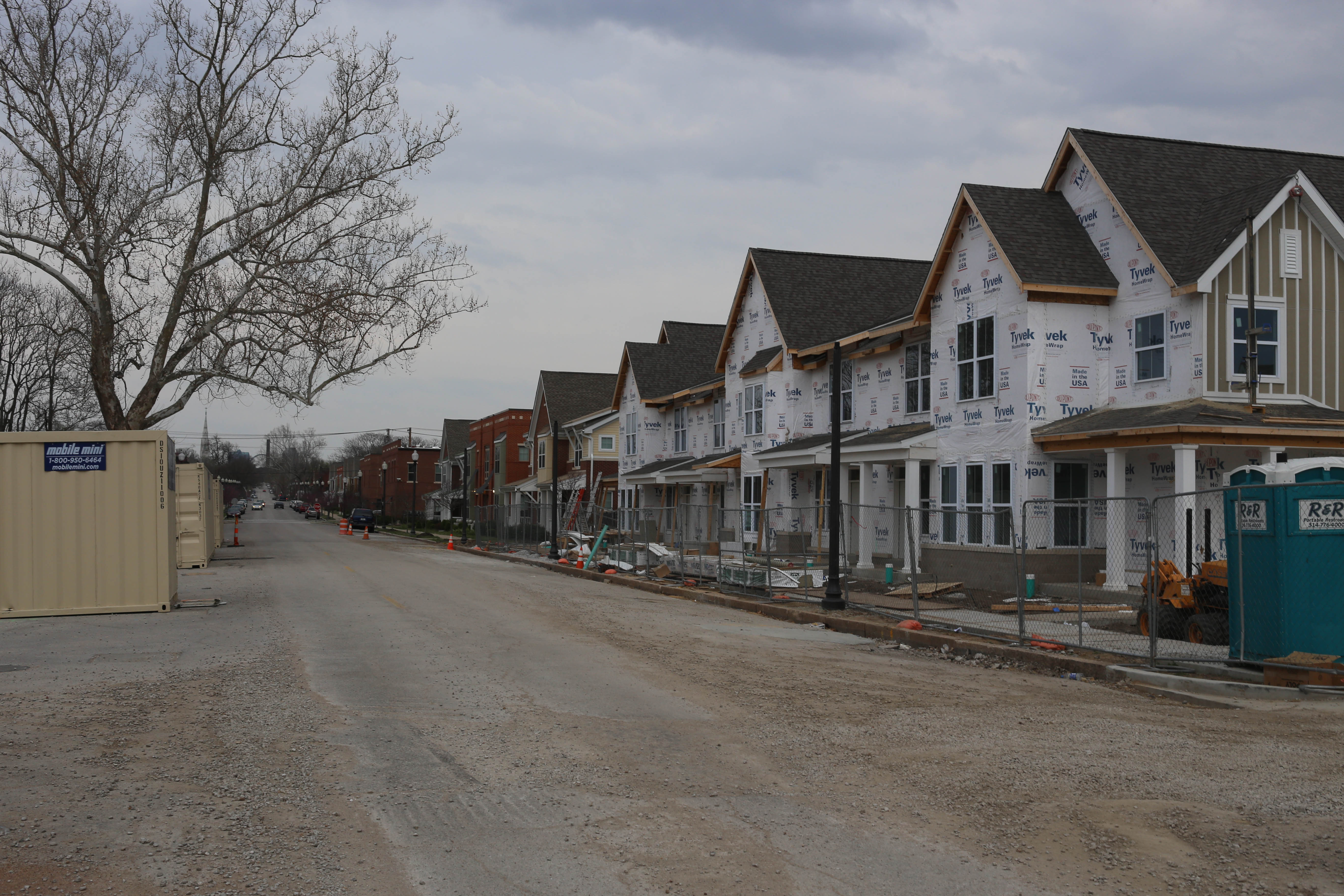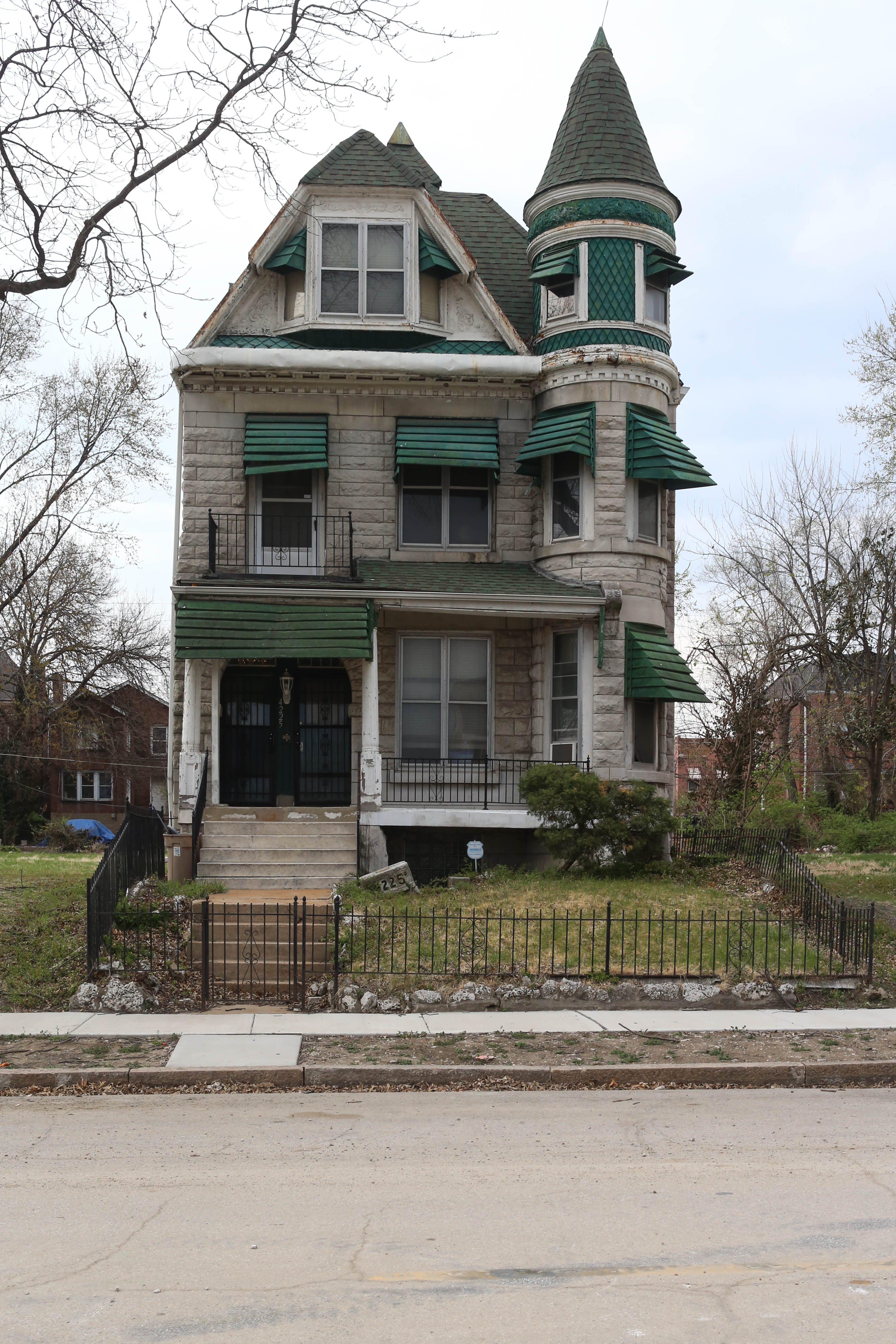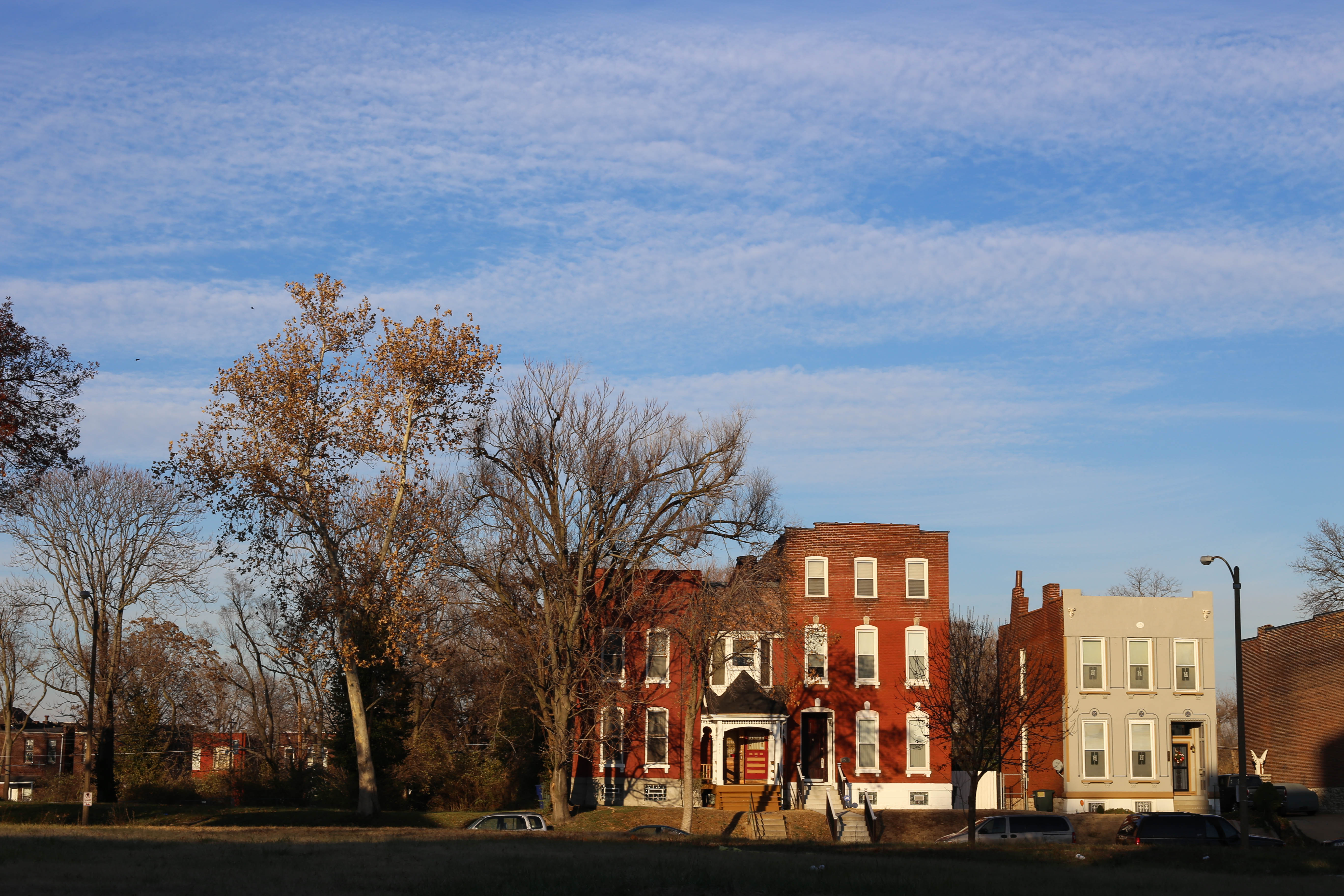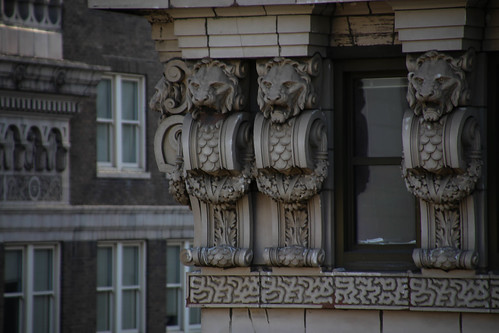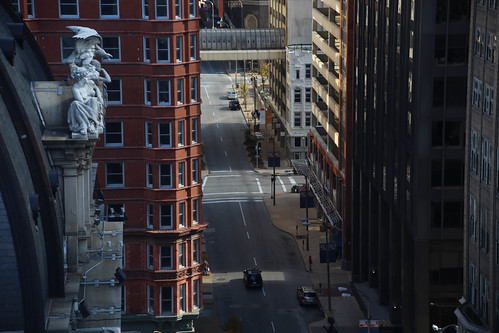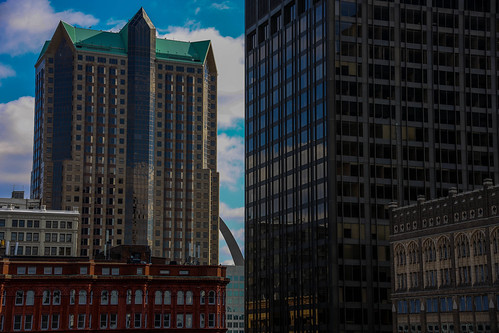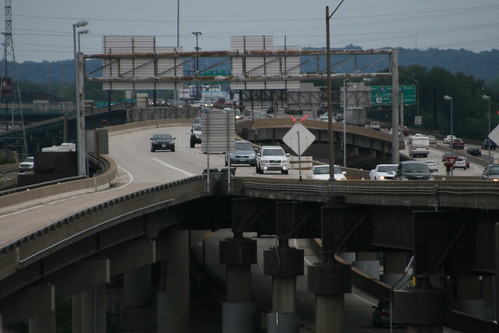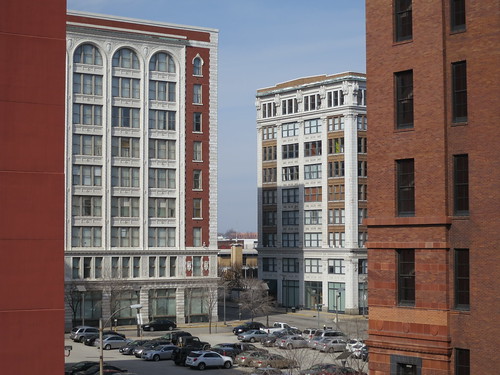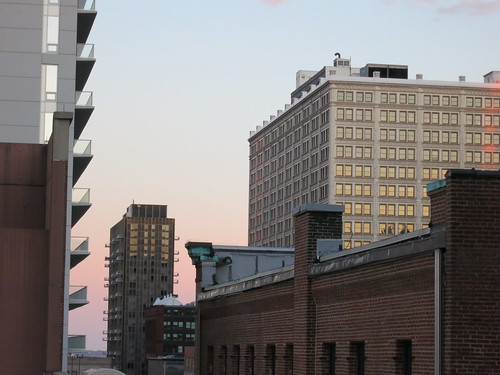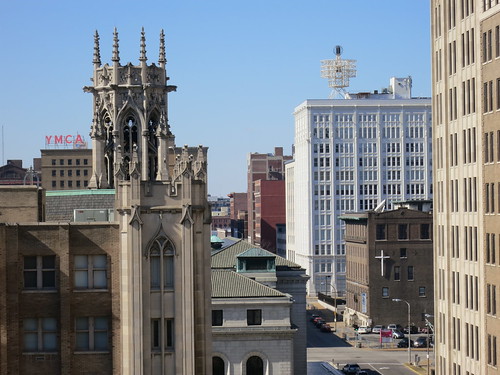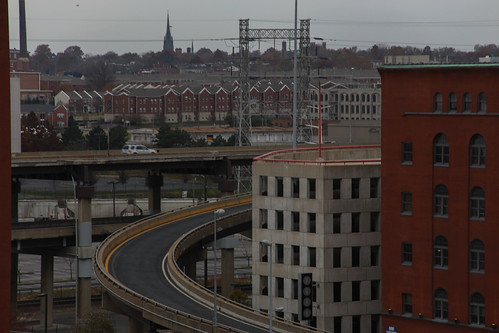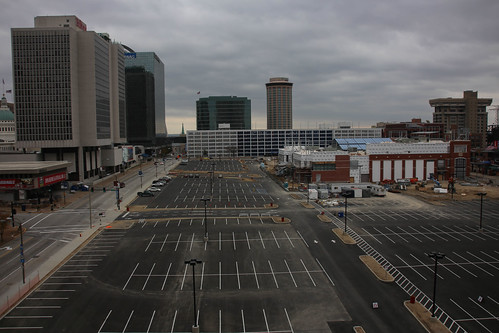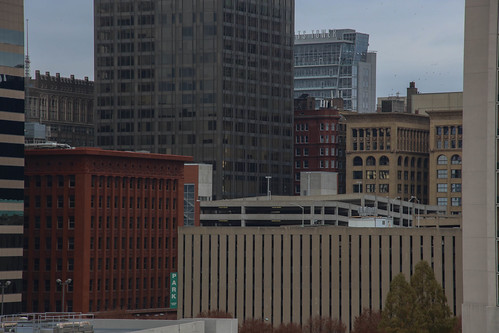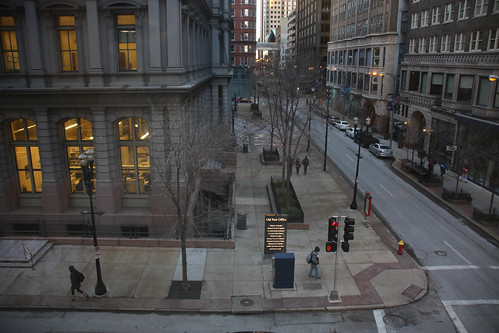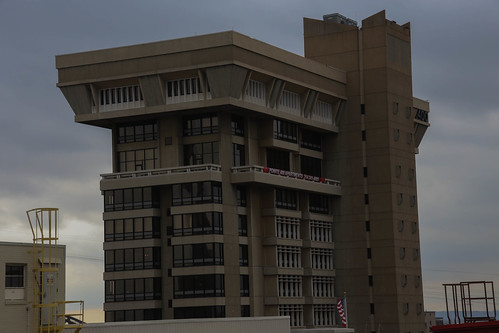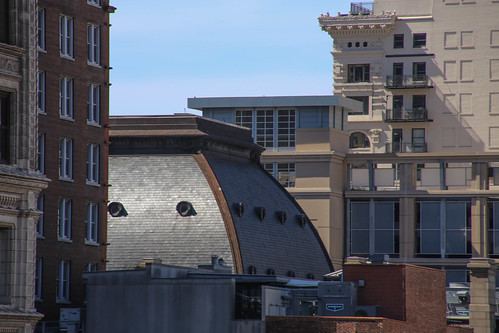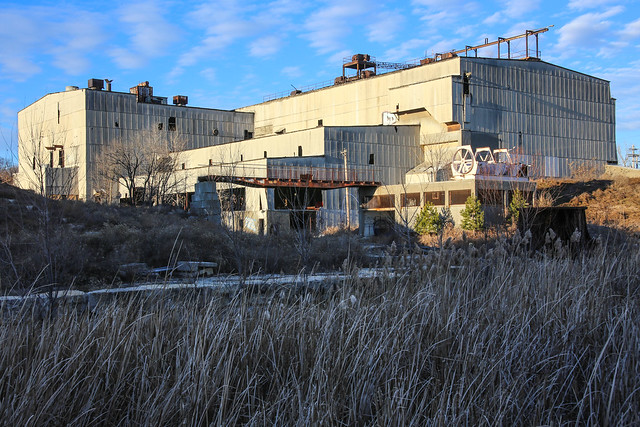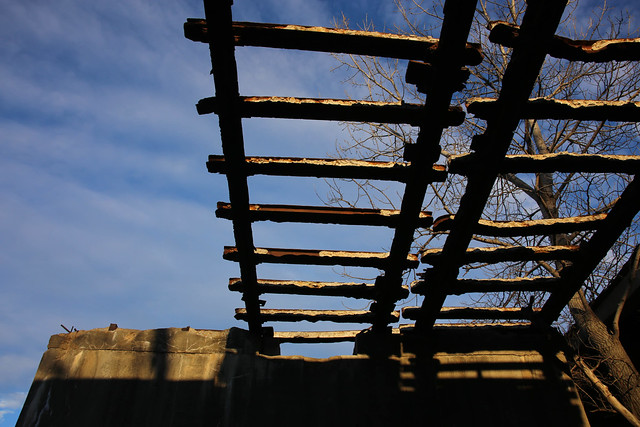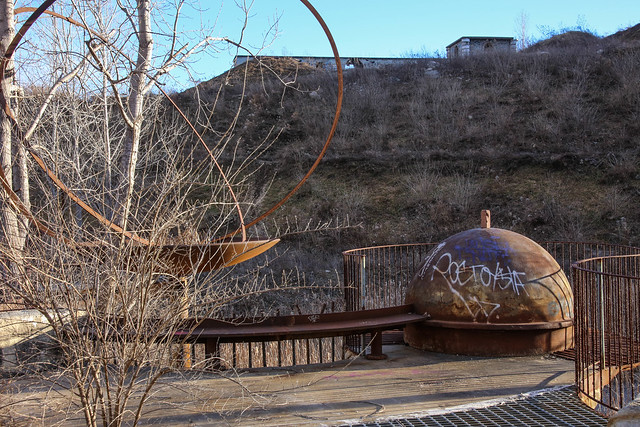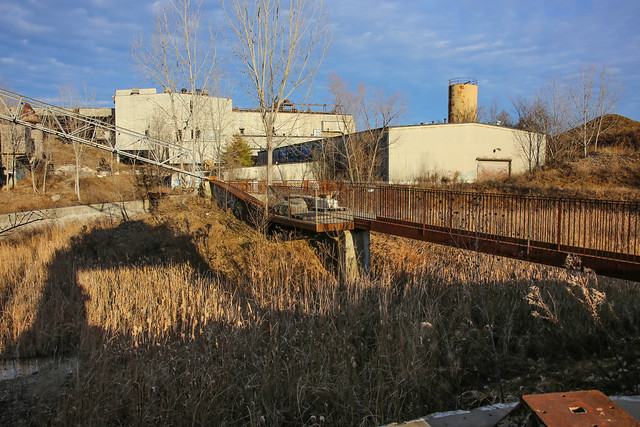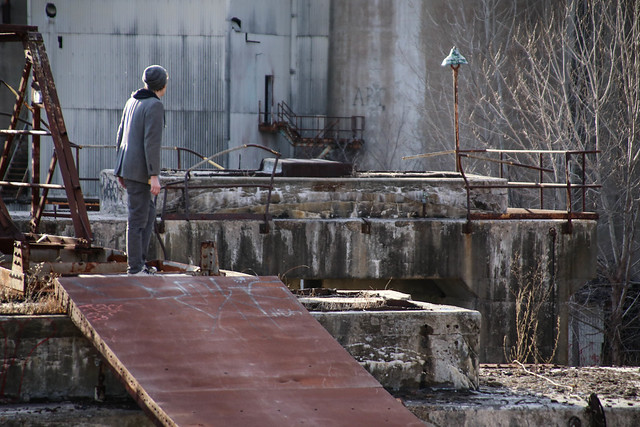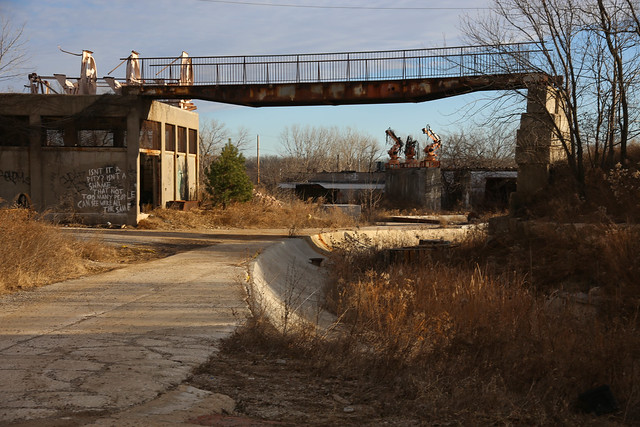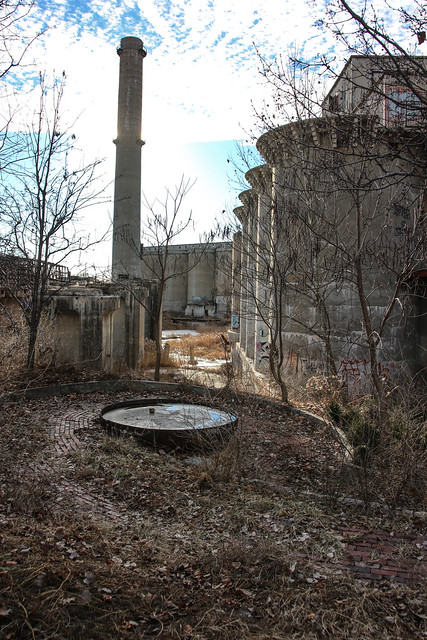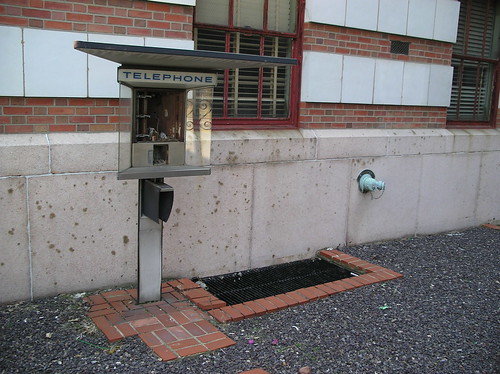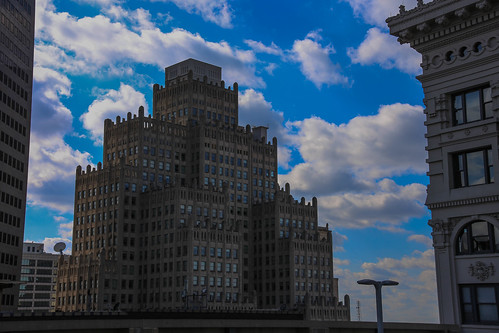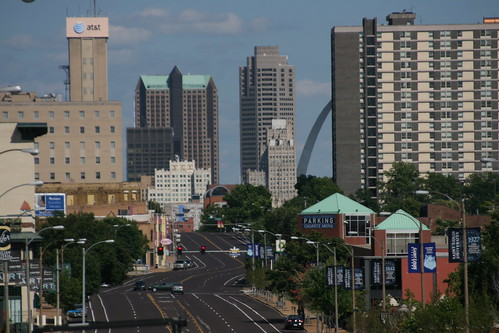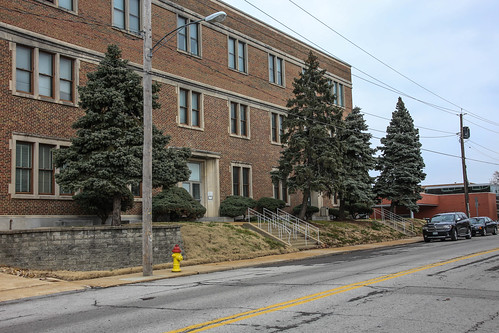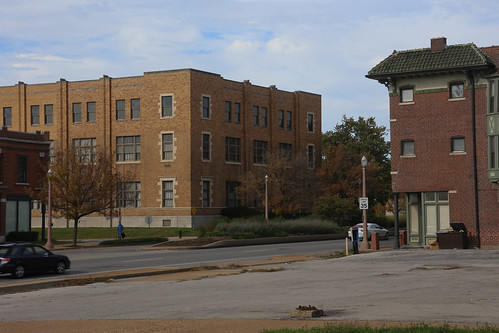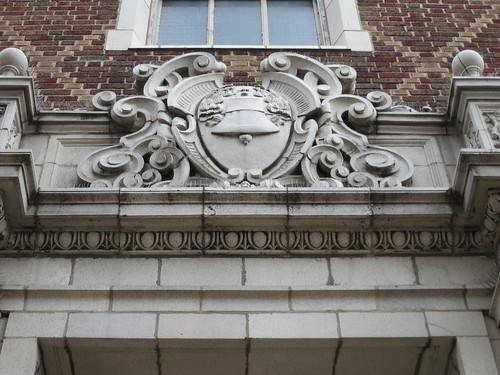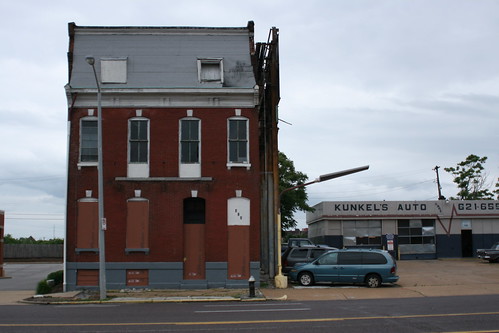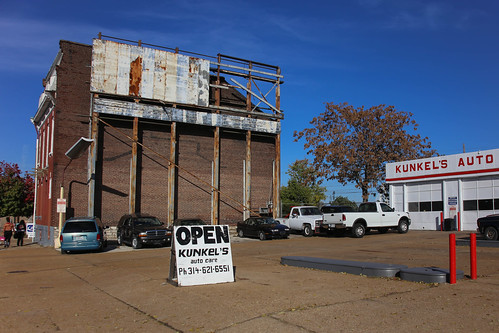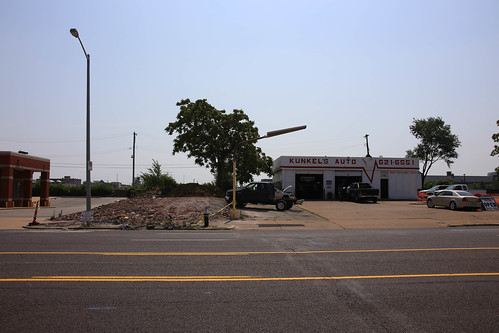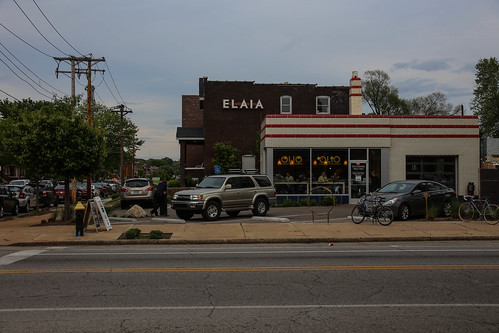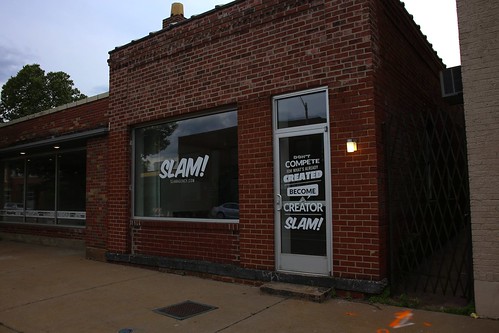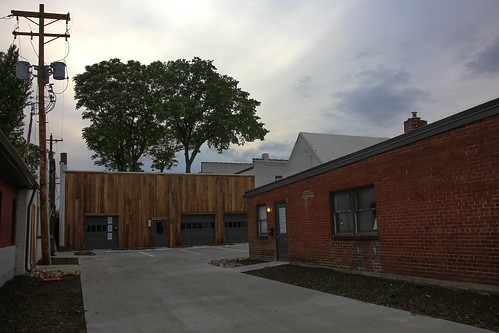
In July of 2015, headed home from a business trip via LAX, I noticed a familiar face hovering around the Business Select section of my Southwest Airlines gate – long before boarding was to begin. It was the infamous Paul McKee, so I walked over and started a conversation, introducing myself as a supporter of his Northside Regeneration project. He reacted with excitement but spoke only in broad terms about his “commitment” and planned “transformation”. I asked a few polite questions, thanked him for his time, and eventually boarded just a couple folks behind him in line.

Filing onto the plane, I ended up taking the aisle seat directly in front of Mr. McKee and settled in for the long flight. Catching up on my backlog of magazine issues, I sipped a Tanqueray and tonic graciously mixed by hard working flight attendants, and almost forgot about the local celebrity sitting behind me. But when we landed and everyone started standing up to collect their belongings from the overhead bins, I couldn’t help myself.

“Mr. McKee – I meant to ask you earlier about your plans for the Clemens Mansion. It appears to be deteriorating rapidly despite your public commitment to preserve and restore it.”

He immediately became defensive and asked “If you want to restore it, why don’t you put up the money yourself!”

I responded that I did not have the financial resources for this undertaking, and for that reason (along with not being a developer) had not sought to buy the property. Why, if Mr. McKee did not have the funds to complete his promised restoration, did he purchase this landmark in the first place? Our exchange continued as such until we made it to the end of the jetway, at which point my conversation partner walked briskly in the direction opposite the airport exit.

I proceeded with routine of shuttle to garage to car to freeway, home. But because of the interaction, I was reminded to continue visiting and photographing the Clemens Mansion.
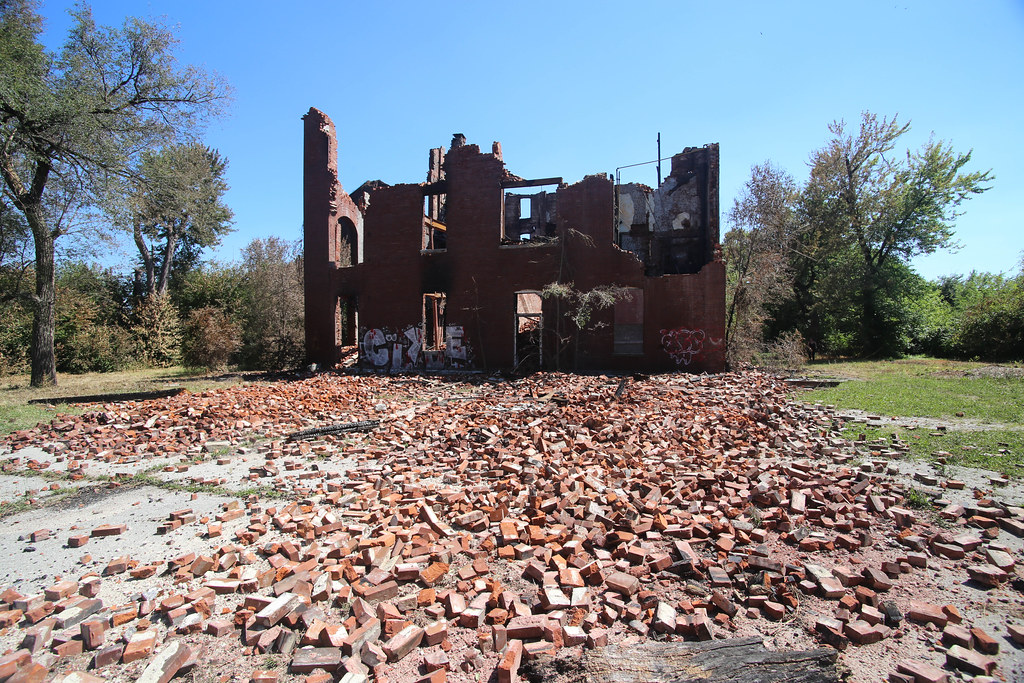
Unfortunately, this historic structure on Cass Avenue was demolished after undergoing a decade of neglect at the hands of its latest owner and a fire, breaking out almost exactly two years after the interaction described above, ultimately sealing its fate.

Paul McKee still owns the property today (as Northside Regneration, LLC), now a blank slate. Property taxes for 2019 remain unpaid as of this publishing date.

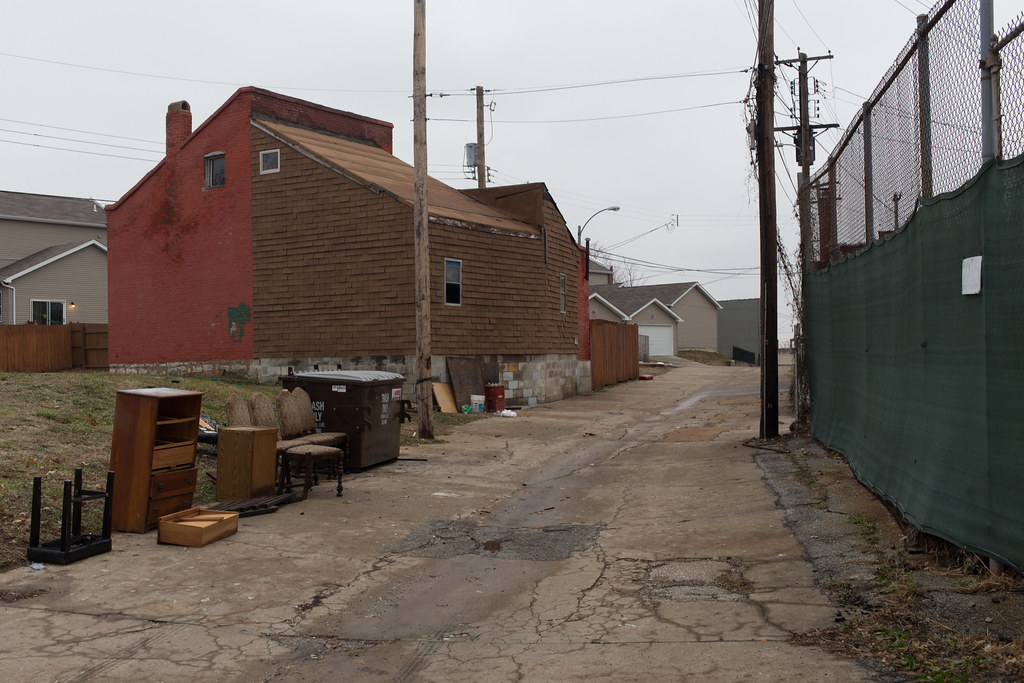

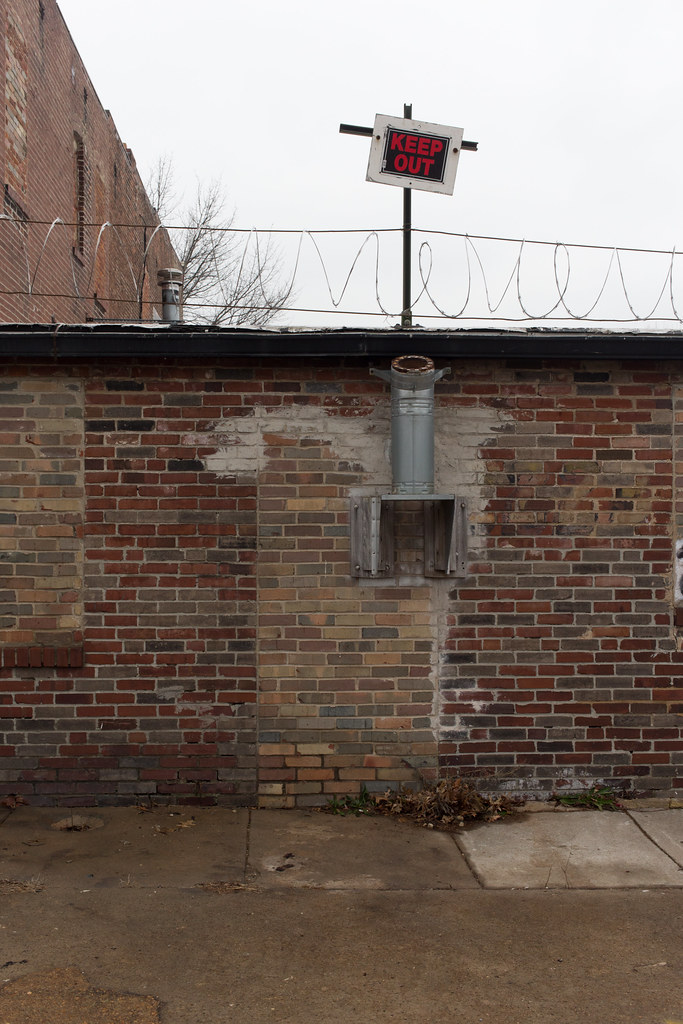
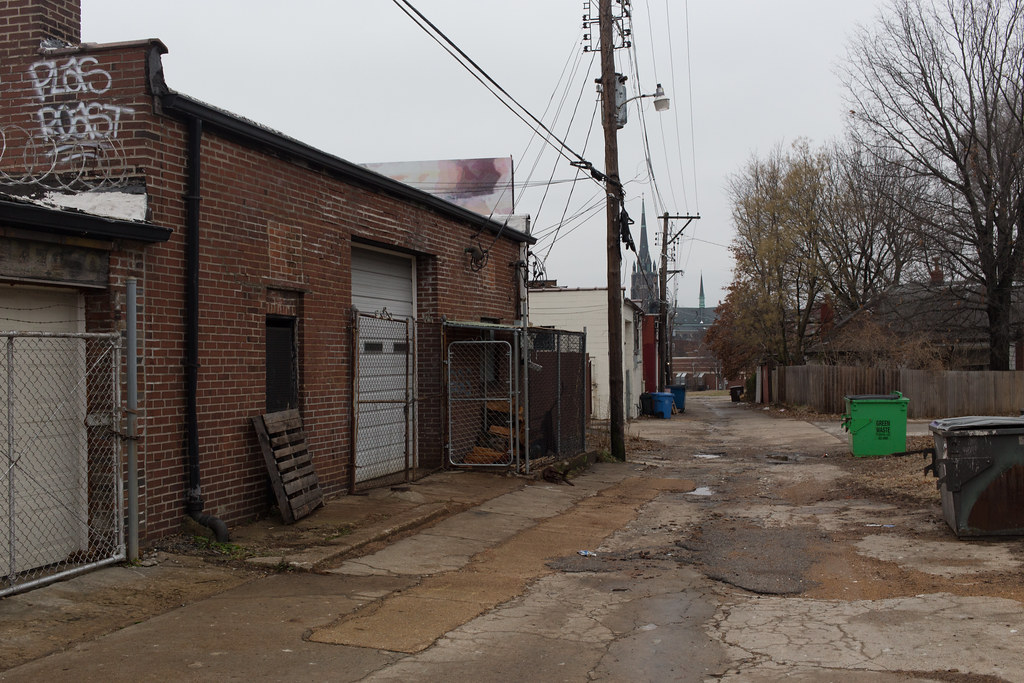
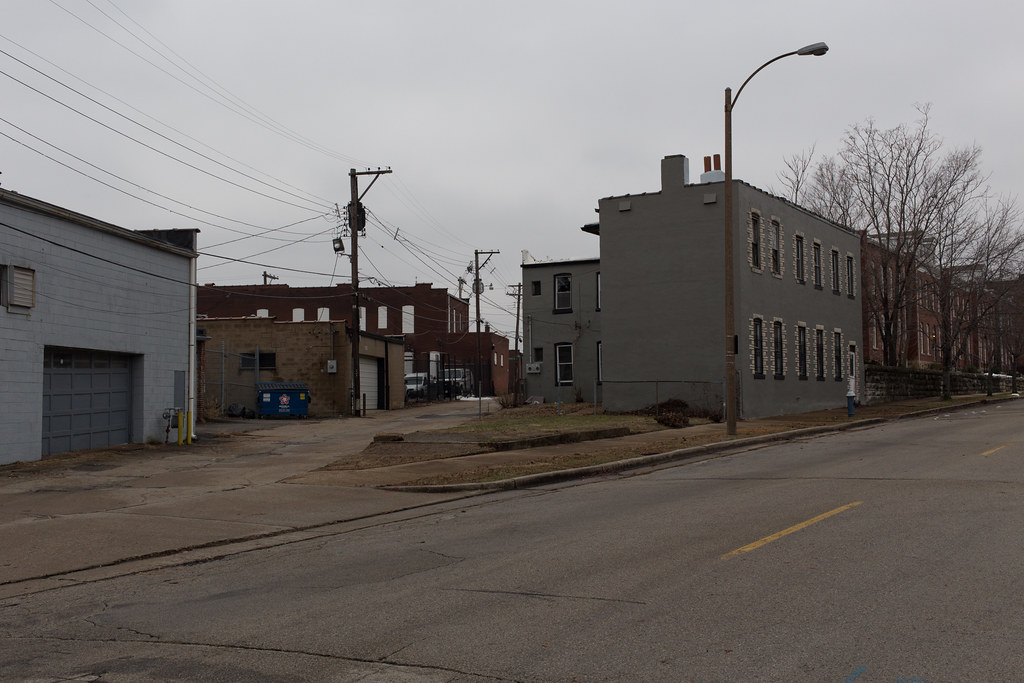
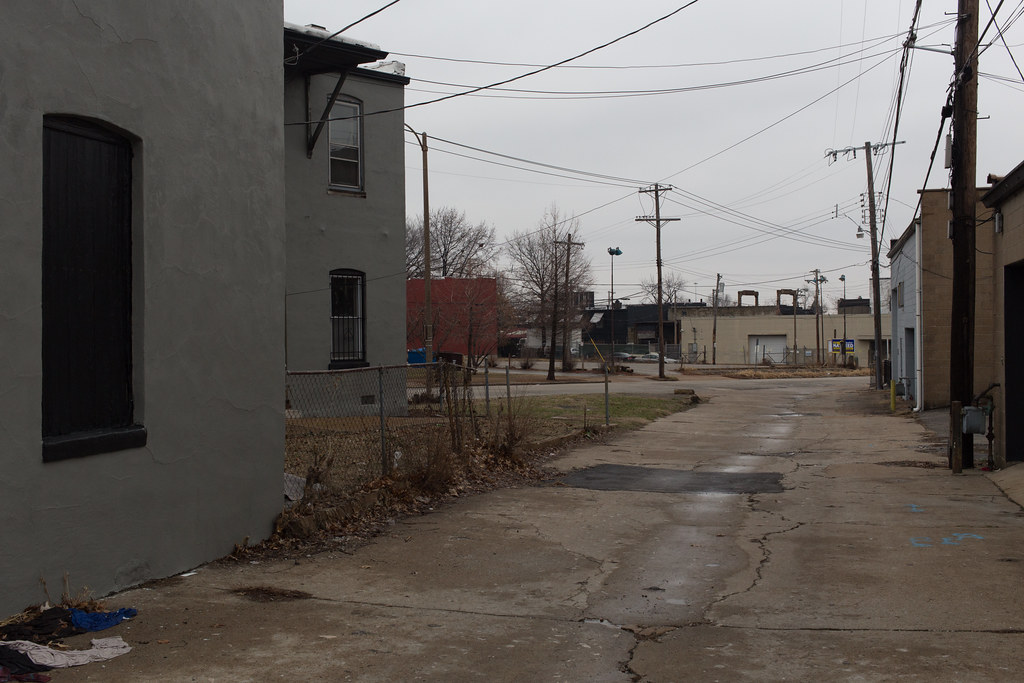
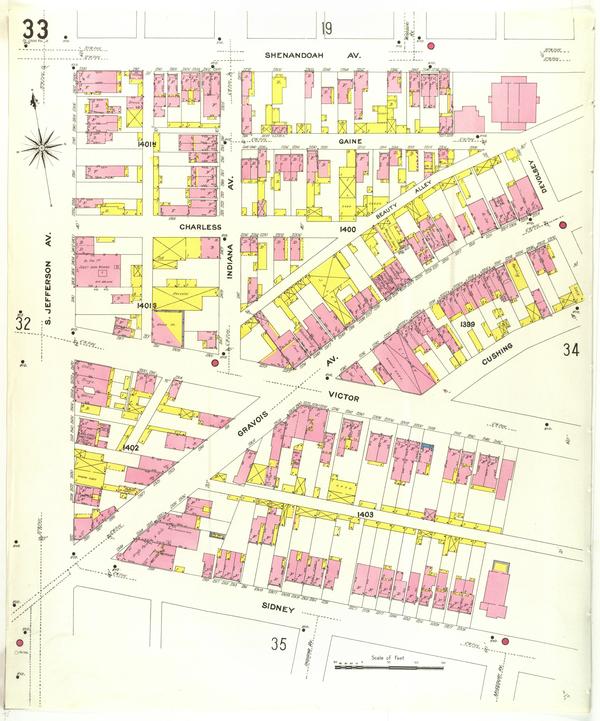

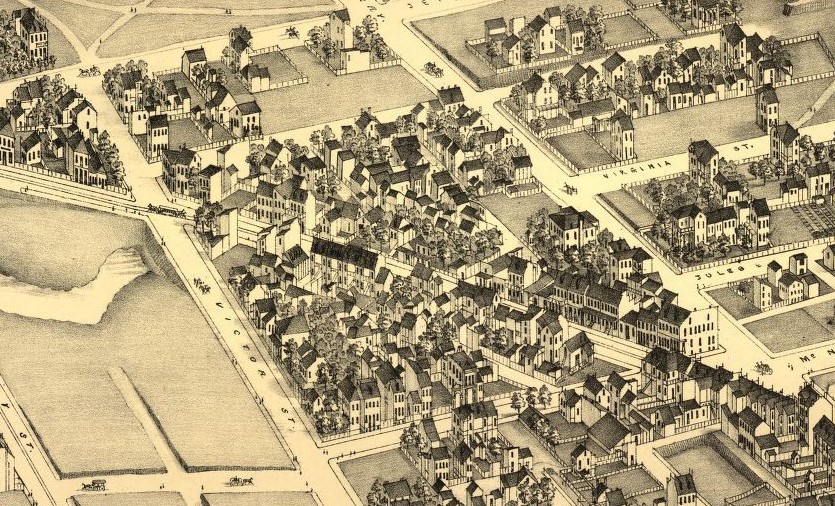
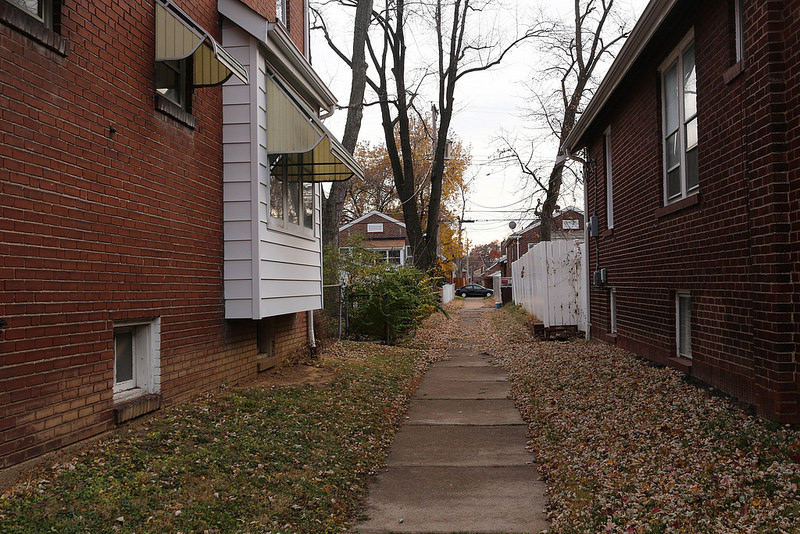
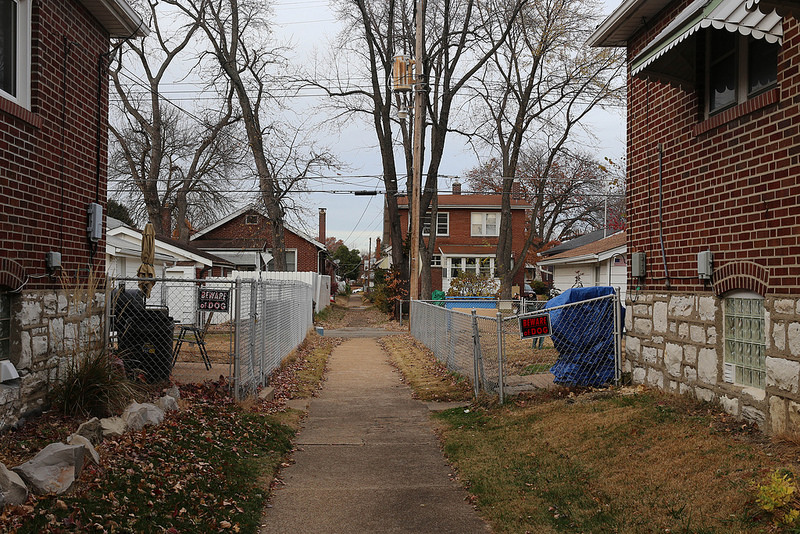 Local residents relaxing in their backyards or working in garages stopped us for brief but friendly conversations. There is a real sense of community in this area, and the walkways are a really safe and pleasant piece of the public realm.
Local residents relaxing in their backyards or working in garages stopped us for brief but friendly conversations. There is a real sense of community in this area, and the walkways are a really safe and pleasant piece of the public realm.